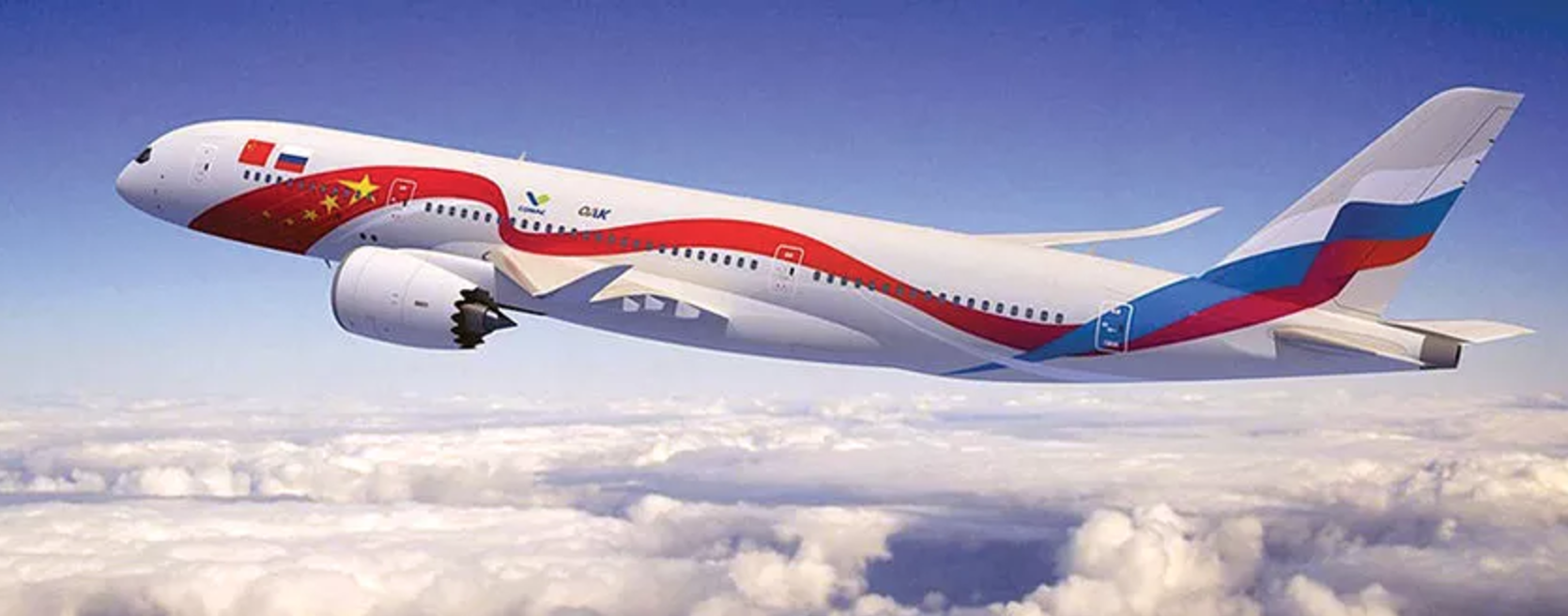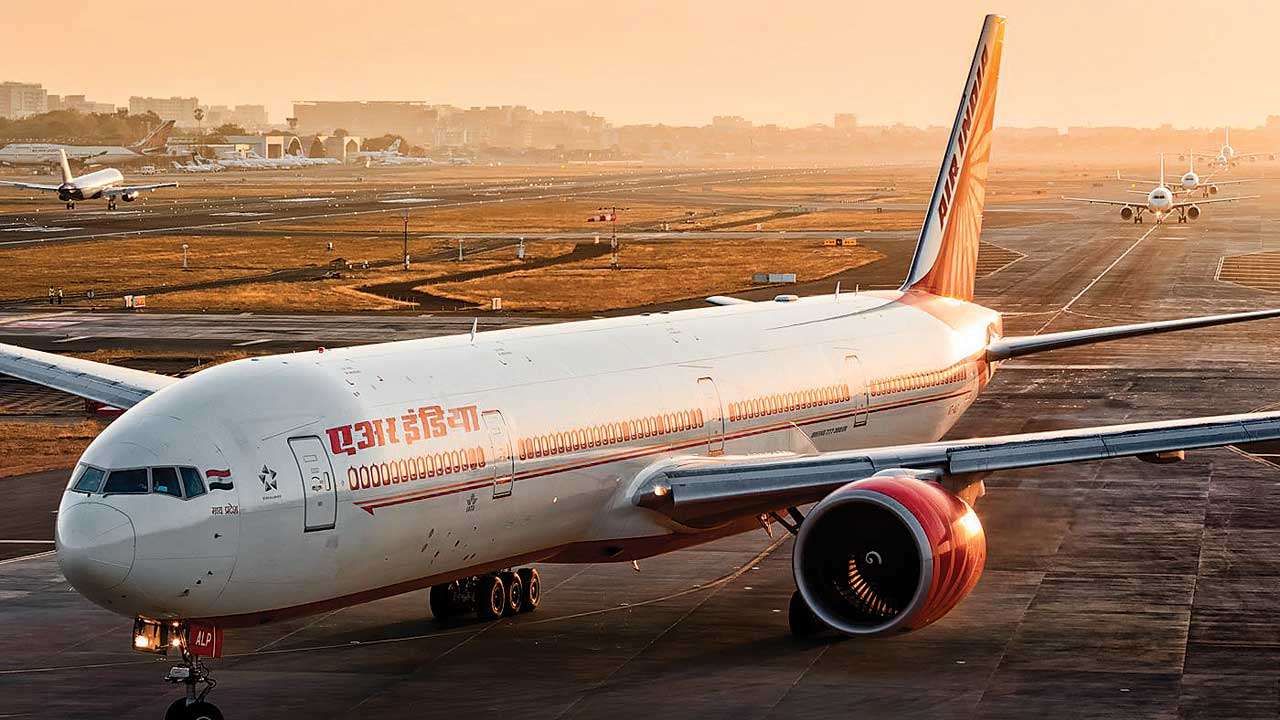Aircraft Wide Body - A wide-body aircraft, also known as a twin-aisle aircraft, is an airliner designed to accommodate two or more passenger aisles the width of the fuselage.
Passengers. The largest single-fuselage aircraft is more than 6 m (20 ft) wide and can accommodate passengers up to 10 m (32 ft) tall in large configurations.
Aircraft Wide Body

In comparison, a typical narrowbody aircraft is 3 to 4 m (10 to 13 ft) in diameter and has a single aisle.
White Passenger Wide Body Aircraft Flies At The Flight Level Above The Stratus Clouds, Above It The Cirrus Against The Blue Sky. Stock Photo
Widebody aircraft were originally designed to combine efficiency and passenger comfort with more cargo space. However, airlines quickly succumbed to economic factors and slashed additional passenger space to accommodate more seats and increase sales and profits.
The term jumbo jet usually refers to the largest variants of wide-body aircraft; Examples include the Boeing 747 (the first widebody and the original "jumbo jet"), the Airbus A380 ("superjumbo jet"), the Boeing 777X, and the Boeing 777 ("mini jumbo jet").
Eight-row aircraft typically seat 160 to 260 passengers, eight-row 250 to 380, and nine- and double-decker aircraft 350 to 480 passengers.
By 2017, nearly 8,800 widebody aircraft had been delivered since 1969, with production reaching 412 per year in 2015.
China And Russia Reach Agreement To Build New Wide Body Airliner
Following the success of the Boeing 707 and Douglas DC-8 in the late 1950s and early 1960s, airlines began looking for larger aircraft to meet global demand for air travel. As airlines demanded more passenger seats, greater range and lower operating costs, engineers faced many challenges.
Early jets like the 707 and DC-8 could seat no more than six passengers in a row on either side of an aisle. Larger aircraft need to be longer, taller (e.g. biplanes) or wider to accommodate a greater number of passenger seats.
Engineers realized that with two decks, it was difficult to meet emergency evacuation regulations with the technology of the time. In the 1960s, it was believed that supersonic aircraft would be superseded by larger, slower aircraft. Therefore, many believed that subsonic aircraft would become obsolete for passenger service and would eventually be converted into cargo vehicles. As a result, aircraft manufacturers opted for a wider fuselage instead of a longer one (747, eventually DC-10 and L-1011). With the addition of a second aisle, the wider plane seats 10 people, but easily converts into a truck and hauls two 8 by 8 cargo pallets together.

Engine manufacturers also chose to build "stretch" versions of the DC-8 (models 61, 62, and 63), as well as longer versions of the Boeing 707 (models -320B and 320C) and 727 (model -200); and the Douglas DC-9 (models -30, -40 and -50), all of which could accommodate more seats than their shorter predecessors.
Airbus And Boeing's Wide Body Airplane Dogfight
The widebody era began in 1970 with the attempted service of the first widebody, the four-wing semi-biplane Boeing 747.
New three-engine widebody aircraft soon appeared, including the McDonnell Douglas DC-10 and the Lockheed L-1011 TriStar. The first wide-bodied double-decker, the Airbus A300, entered service in 1974. This period was called "Wide Body Wars".
The L-1011 TriStars were demonstrated in the USSR in 1974 when Lockheed was trying to sell the aircraft to Aeroflot.
Following the success of the first widebody, several successor designs emerged over the next two decades, including the Boeing 767 and 777, the Airbus A330 and A340, and the McDonnell Douglas MD-11. In the "Jumbo" category, the capacity of the Boeing 747 was not exceeded until October 2007, while the Airbus A380 entered commercial service under the designation "Superjumbo".
Inside Of Wide Body Airplane Editorial Stock Photo
The Boeing 747 and Airbus A380 “jumbo jets” each have four aircraft (four jets), but the upcoming Boeing 777X (“mini jumbo jet”) has two aircraft.
In the mid-2000s, soaring oil prices in the post-9/11 era forced airlines to look to new, more fuel-efficient aircraft. Two such examples are the Boeing 787 Dreamliner and the Airbus A350 XWB. The proposed Comac C929 and C939 can also share this new broad market.
Cross-section comparison of Airbus A380 (full biplane) and Boeing 747-400 (double decker in front section only).

Production of the large four-engine long-haul Boeing 747-8 and Airbus A380 jets will end as airlines now opt for the smaller, more efficient, two-aisle long-haul jets A350, 787 and 777.
Govt Allows Indian Carriers To Wet Lease Wide Body Planes For Up To 1 Year
Although widebody aircraft have larger frontal areas (and therefore form drag) than narrowbody aircraft of similar performance, they have a number of advantages over narrowbody aircraft, such as:
British and Russian designers proposed widebody aircraft similar in configuration to the Vickers VC10 and Douglas DC-9, but with a wider fuselage. The British Uch Elev project never got off the drawing board, and the Russian Il-86 widebody proposal eventually gave way to the conventional design of wing-mounted fins, likely due to the inefficiency of mounting such large fins in the rear fuselage. .
As jet engines have increased in performance and reliability in recent decades, most widebody aircraft built today have only two engines. The twinjet design is more fuel efficient than a similarly sized trijet or quadjet.
The increased reliability of modern jet aircraft allows aircraft to meet the ETOPS certification standard, which calculates reasonable safety margins for ocean crossings. The twinjet design was discarded due to high maintenance and fuel costs compared to the twinjet.
Narrow Body Aircraft Vs Wide Body Aircraft
Most modern widebody aircraft have two engines, but the heaviest widebody aircraft, the Airbus A380 and Boeing 747-8, are built with four engines. The upcoming Boeing 777X-9 twinjet is approaching the performance of its predecessor, the Boeing 747.
Early variants have a 312 cm (123 in) fan diameter, while the larger GE90-115B fan has a 325 cm (128 in) diameter.
It is almost as long as the Fokker 100's 3.30 meter fuselage. Complete GE90 scrubbers can only be transported by large cargo planes such as the Antonov An-124, which creates logistical problems when the 777 fails due to emergency diversions without sufficient spare parts stuck somewhere. With the fan removed from the core, the engines can be shipped on a Boeing 747 freighter.

The Airbus A380 maximum takeoff weight of 560 tons (1,230,000 lb) would not have been possible without engine technology developed for the Boeing 777, such as B. inverted coils, not possible.
Domestic Airlines To Order More Wide Body Planes As More Indians Fly Overseas
Its Trt 900 engine has a fan diameter of 290 cm (116 inches), slightly smaller than the Boeing 777's GE90 engines.
Aircraft interiors, known as the cockpit, have evolved since the first passenger plane. Today's wide-bodied aircraft have travel classes from one to four.
The bars and lounges once installed on the widebody aircraft have largely disappeared, however some have returned in First Class or Business Class on the Airbus A340-600.
Emirates Installs Showers for First Class Passengers on A380; 25 minutes are provided for the use of the room, the shower works for a maximum of 5 minutes.
Wide Body Aircraft Png Images
Depending on how the airline configures the aircraft, airline seat sizes and seat options vary widely.
For example, short-haul aircraft are often configured with more seats than long-haul aircraft. Economy class seats will continue to be overcrowded due to economic pressures on airlines.
On some of the largest single-story widebody aircraft, such as the Boeing 777, the extra space above the cabin is used for crew lounges and galleys.

A comparison of cabin width and economy class seating configuration is shown in the wide body specifications below. See external links for more information.
Towing A Large Wide Body Aircraft At The Airport, Front View Straight Stock Photo, Picture And Royalty Free Image. Image 143371759
Aircraft are classified by the ICAO according to the wake waves they generate. Because caster instability is related to aircraft weight, these categories are based on one of four weight categories:
Due to weight, all Currt widebody aircraft are classified as "heavy" or, in the case of the US Air Force A380, as "super".
Super and Heavy category aircraft require more tail clearance than other aircraft categories. Some countries, such as the United States, require that the word Heavy (or Super) be placed on the call sign of an aircraft communicating with air traffic control in certain areas.
Widebody aircraft are used in science, research and the military. Some wide-body aircraft, such as the Ilyushin Il-80, are used as military flight command posts.
Cabin Interior Of A Modern Passenger Aircraft (wide Body) Foto De Stock
Or the Boeing E-4, while the Boeing E-767 is used for early warning and control in the air. New military weapons will be tested on widebody aircraft, similar to the laser weapon test on the Boeing YAL-1. Other wide-bodied aircraft are used as flying research stations, such as the German-American joint venture. Stratospheric Observatory for Infrared Astronomy (SOFIA). Airbus A340,
Four-engine widebody aircraft are used to test new aircraft engine designs in flight. Several aircraft were also modified for aerial firefighting, such as the DC-10 based one
Some wide-body aircraft are used as VIP transport. Canada uses the Airbus A310 and Russia uses the Ilyushin Il-96 to transport senior officials. Germany has replaced its Airbus A310 with the Airbus A340

Skeleton, skeleton jeans, skeleton jumpsuit, skeleton watch, skeleton pajamas, skeleton mermaid, medical skeleton, skeleton hd, skeleton dress, skeleton toy, aircraft, skeleton bucket
0 Comments